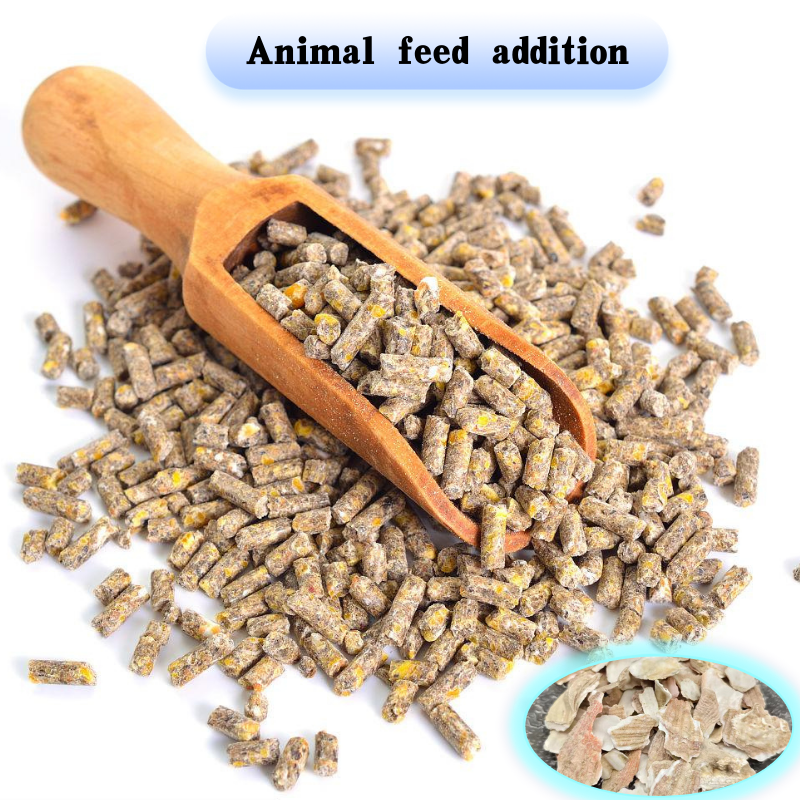
micro silica
Micro silica, also known as silica fume or condensed silica fume, is a fine, powdery material produced during the manufacturing of silicon metal or ferrosilicon alloys. It is composed of amorphous silicon dioxide (SiO2) and is characterized by its extremely small particle size, typically less than 1 micron in diameter. This unique property allows micro silica to exhibit remarkable pozzolanic activity, making it a valuable ingredient in various construction materials, particularly concrete and mortar.
The addition of micro silica to concrete significantly enhances its mechanical properties, durability, and resistance to environmental aggression. When mixed with cement, micro silica reacts with calcium hydroxide in the presence of water to form additional calcium silicate hydrate (C-S-H), which is the primary binder responsible for concrete's strength. This reaction not only fills the voids within the concrete matrix but also improves its microstructure, resulting in a denser and more impermeable material. Consequently, concrete containing micro silica exhibits superior compressive and flexural strength, making it ideal for use in high-performance structures, such as bridges, high-rise buildings, and industrial floors.
Moreover, micro silica contributes to the longevity of concrete by enhancing its resistance to chemical attacks, such as sulfate and chloride intrusion
. This is particularly important in coastal regions and areas prone to chemical exposure, where traditional concrete may deteriorate over time. The improved impermeability afforded by micro silica also reduces the risk of corrosion in embedded steel reinforcement, further extending the lifespan of concrete structures.micro silica

In addition to its performance benefits, the use of micro silica in concrete helps to promote sustainability within the construction industry. By incorporating this industrial byproduct, it is possible to reduce the overall cement content in concrete mixes, which is crucial since cement production is a significant source of carbon dioxide emissions. Utilizing micro silica not only decreases the environmental impact of construction materials but also helps to recycle waste products generated from silicon and ferrosilicon production.
Despite its advantages, the handling of micro silica requires caution due to its fine particle nature, which can pose respiratory hazards if inhaled. Therefore, proper safety measures, including the use of masks and ventilation systems, are essential when working with this material.
In conclusion, micro silica is a valuable additive in the construction industry, enhancing the performance and durability of concrete while promoting sustainable practices. Its unique properties make it an essential material for developing high-quality and long-lasting infrastructure. As the demand for resilient and environmentally friendly construction solutions continues to grow, micro silica will undoubtedly play a crucial role in shaping the future of concrete technology.
Share
-
Premium Pigment Supplier Custom Solutions & Bulk OrdersNewsMay.30,2025
-
Top China Slag Fly Ash Manufacturer OEM Factory SolutionsNewsMay.30,2025
-
Natural Lava Rock & Pumice for Landscaping Durable Volcanic SolutionsNewsMay.30,2025
-
Custom Micro Silica Fume Powder Manufacturers High-Purity SolutionsNewsMay.29,2025
-
Custom Mica Powder Pigment Manufacturers Vibrant Colors & Bulk OrdersNewsMay.29,2025
-
Custom Micro Silica Fume Powder Manufacturers Premium QualityNewsMay.29,2025






